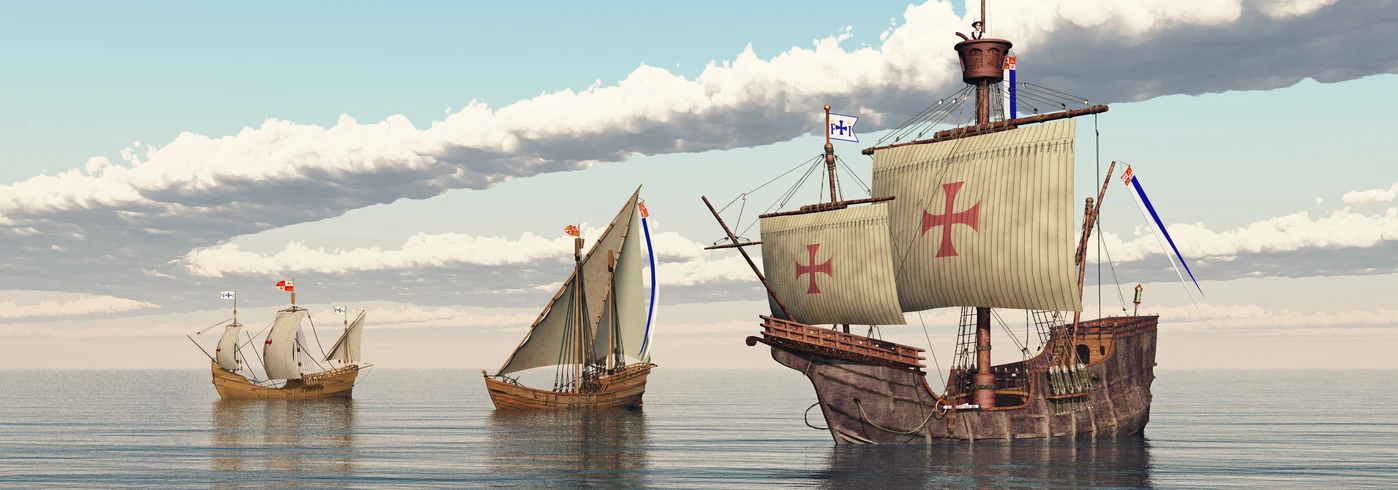The Columbian Exchange was a pivotal period in world history that forever altered the course of global trade, cultures, and ecosystems. In this blog post, we will explore the key aspects and far-reaching consequences of this transformative era.
Introduction
The Columbian Exchange refers to the widespread exchange of plants, animals, diseases, ideas, and technologies between the Eastern and Western Hemispheres during the period of European exploration and colonization in the late 15th and early 16th centuries.
Main Players Involved
The Columbian Exchange was driven by explorers such as Christopher Columbus, as well as the countries that sponsored their voyages, including Spain, Portugal, England, and others. The exchange also heavily impacted the indigenous peoples of the Americas, including Native Americans, Aztecs, and Incas.
Impact on Global Trade
One of the most significant effects of the Columbian Exchange was the introduction of new crops, animals, and resources to different regions of the world. This led to the establishment of trade routes connecting Europe, Africa, and the Americas, resulting in an acceleration of global economic growth.
Ecological and Environmental Changes
The Columbian Exchange brought about profound ecological and environmental changes, some of which are still visible today. The introduction of European livestock, such as horses, cattle, and sheep, to the Americas transformed the landscape and the way indigenous peoples lived and worked. Conversely, New World crops like maize, potatoes, and tomatoes, were taken back to Europe and other parts of the Old World, significantly altering diets and agriculture. Perhaps one of the most impactful aspects was the unintentional exchange of diseases. European explorers and colonists brought with them diseases such as smallpox and influenza, to which the indigenous populations of the Americas had no immunity, leading to devastating epidemics. Meanwhile, the global spread of beneficial plants and animals also introduced invasive species, which sometimes led to unforeseen and often detrimental impacts on local ecosystems.
Influence on Cultures
The Columbian Exchange sparked a profound exchange of ideas, languages, and religious beliefs. It also brought about the introduction of new technologies and farming methods, leading to cultural diffusion and the creation of hybridized cultures.
Effects on Indigenous Populations
The arrival of Europeans had devastating consequences for indigenous populations. The introduction of new diseases, to which they had no immunity, resulted in catastrophic mortality rates. Additionally, forced labor, enslavement, and the loss of land and traditional lifestyles further decimated indigenous communities.
Economic Impact
The Columbian Exchange greatly contributed to the growth of global trade and the rise of capitalism. It fueled the expansion of mercantilism and colonialism, allowing European powers to accumulate vast wealth through the exploitation of newfound resources.
Ecological Consequences
The introduction of non-native species and their impact on ecosystems was a significant ecological consequence of the Columbian Exchange. It also resulted in deforestation, changes in land use, and the alteration of local biodiversity and habitats.
Cultural Implications
The fusion of European, African, and Native American cultures during the Columbian Exchange had a profound impact. It transformed art, music, cuisine, and social customs, giving rise to new social hierarchies and racial identities.
Human Cost
The Columbian Exchange had a devastating human cost. Indigenous populations suffered immensely due to the introduction of diseases, forced labor, and the loss of their lands. Enslaved Africans also experienced extreme mistreatment and oppression.
Conclusion
The Columbian Exchange forever changed the world as we know it. Its significance cannot be overstated, as it laid the foundation for the interconnectedness of nations, the global economy, and the blending of cultures that continue to shape our world today. By exploring the intricacies of this historical transformation, we gain a deeper understanding of our shared past and the ongoing impact of the Columbian Exchange.
We encourage you to further explore this topic through learning resources to deepen your knowledge of this transformative era. Let us continue to reflect on the lessons learned from history and strive for a more interconnected and inclusive world.





